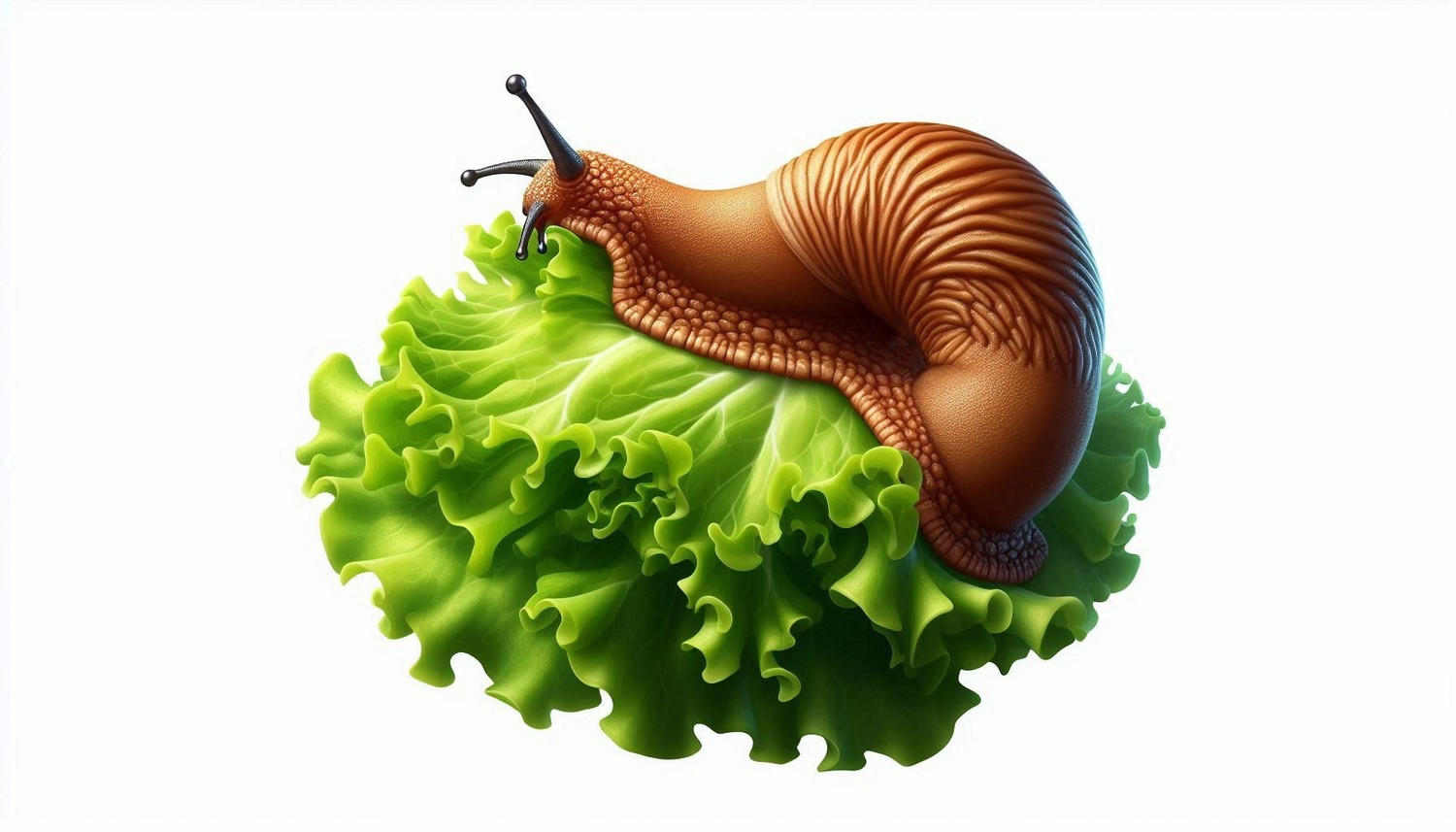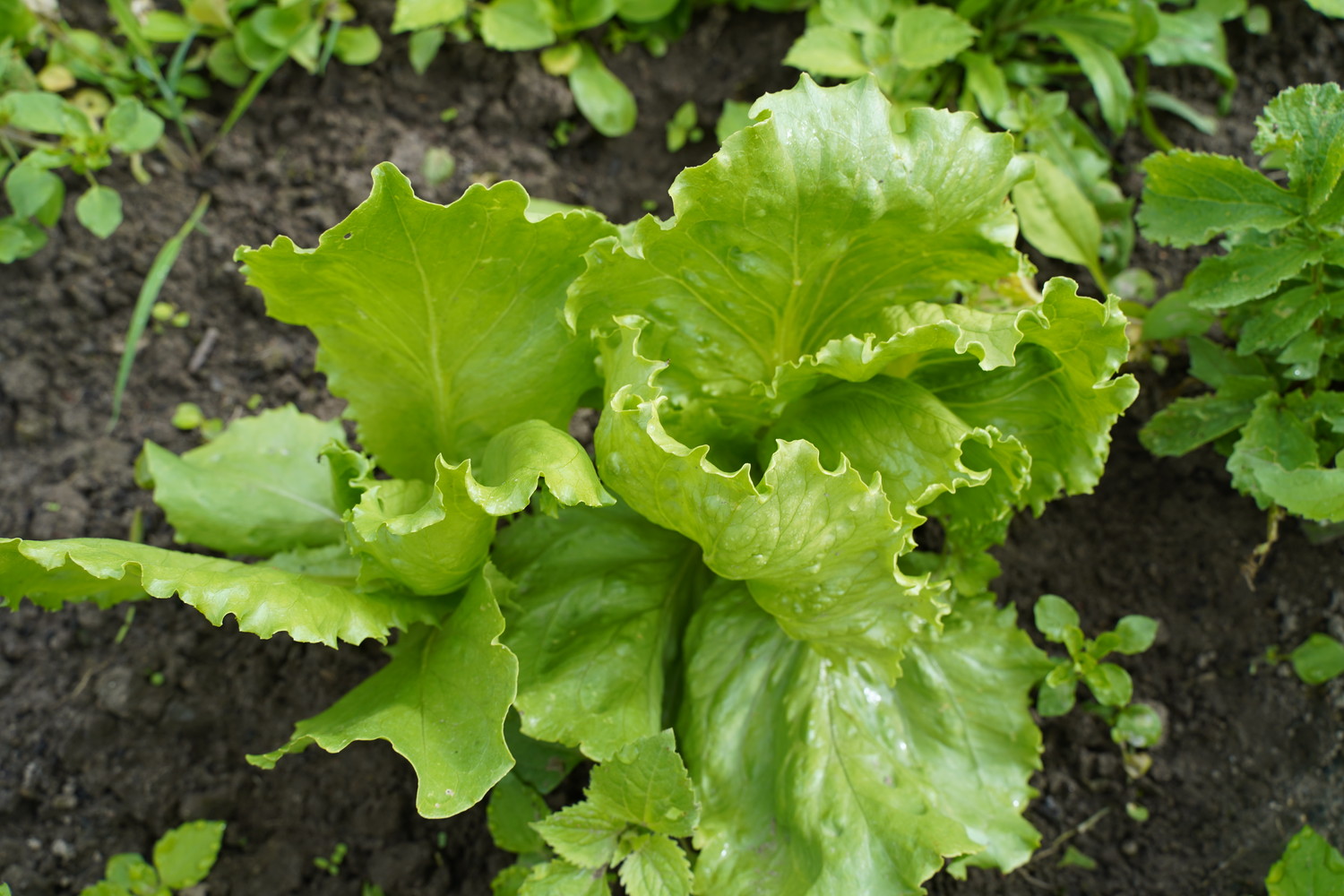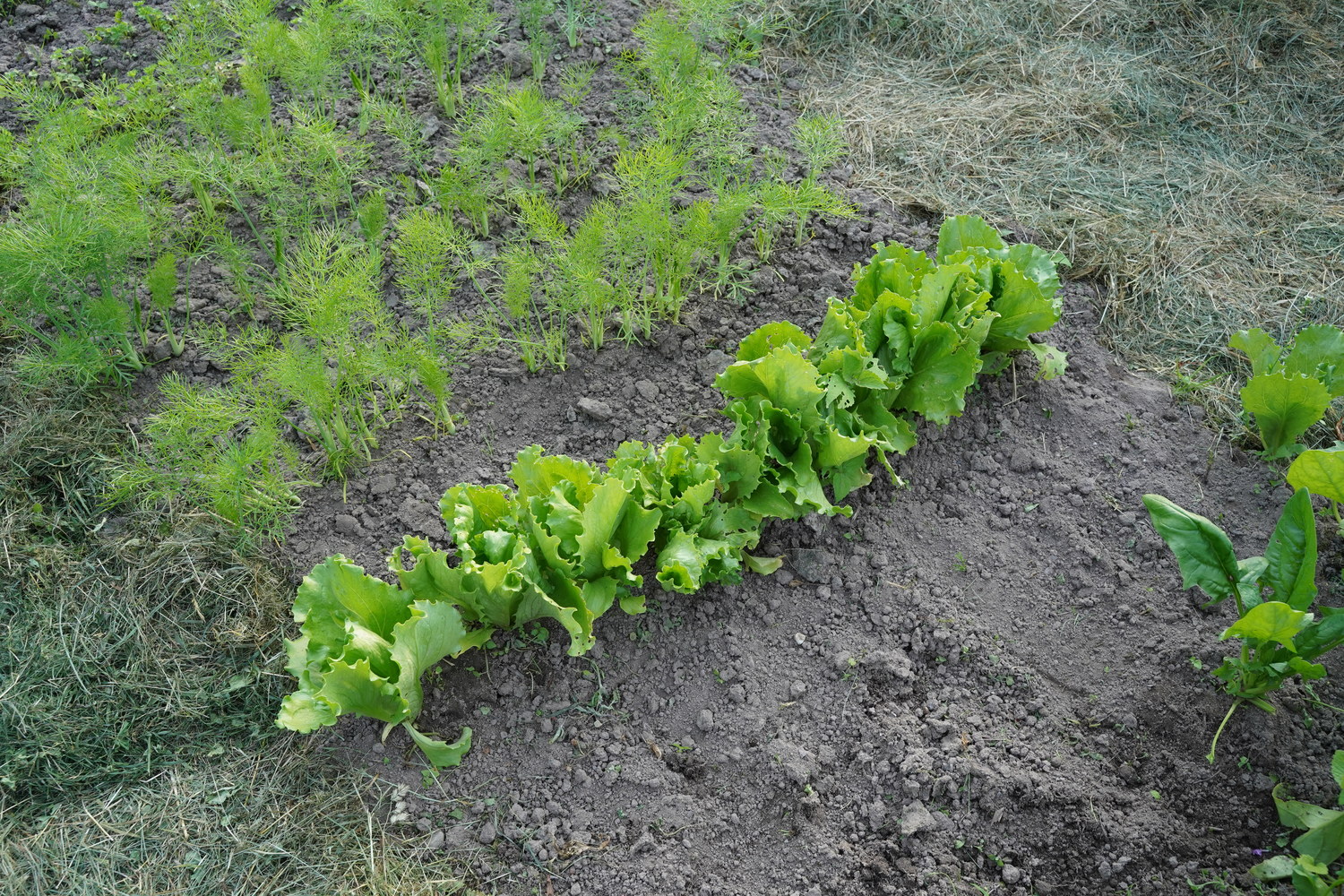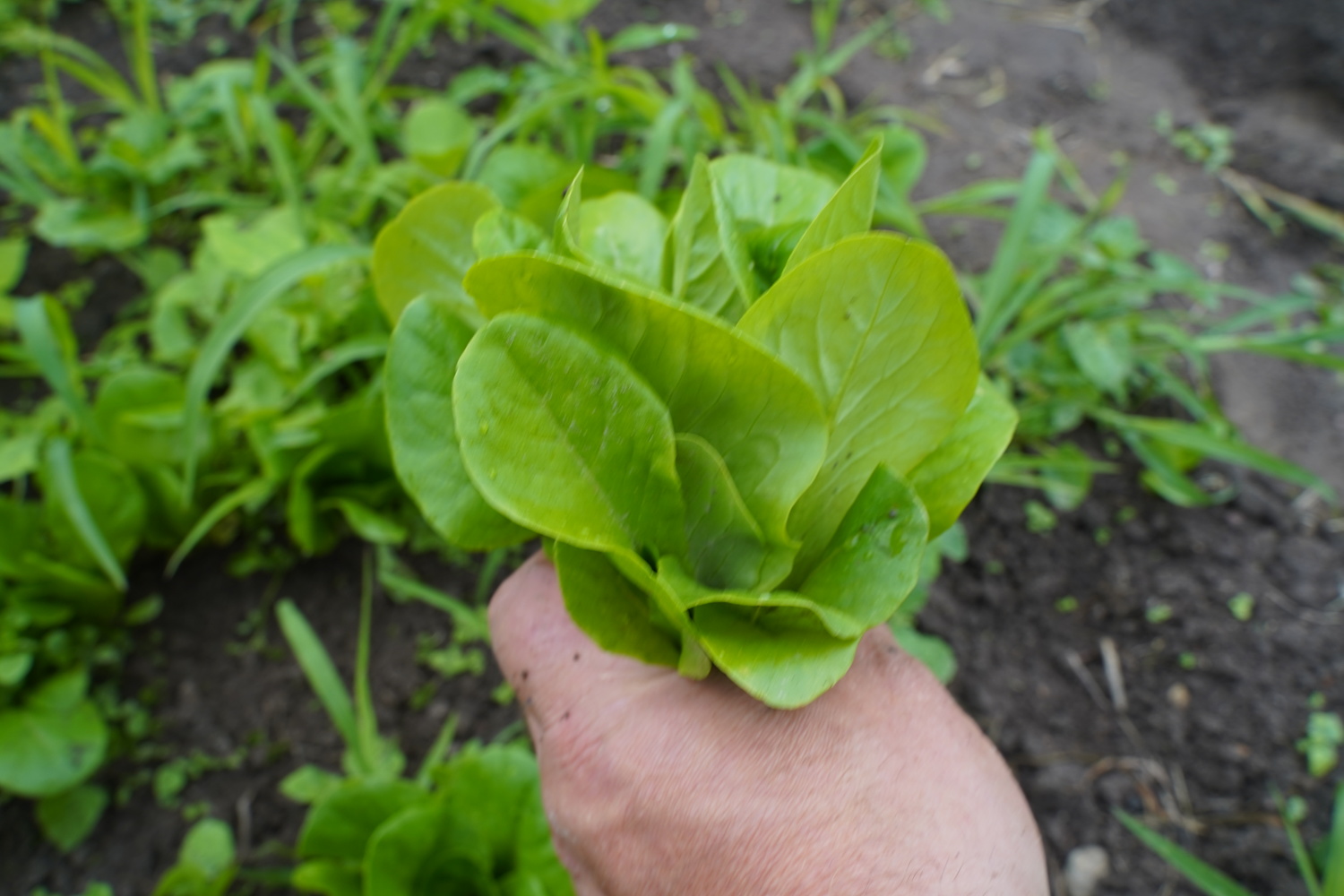Lettuce can be grown as an intermediate crop before or after other vegetables or herbs, and it can also be grown as a primary commercial crop. There is a year-round demand for lettuce, and if you can ensure a consistent supply, there are greater opportunities for stable sales. Fast-growing vegetables can be profitable even on small farms. On the global market, growing lettuce means competing with foreign growers who may have more favorable growing conditions in some cases. However, locally grown, high-quality, and fresh produce will always be in demand.
Lettuce Germination and Planting
The optimal germination temperature for lettuce is 10-15°C. Once the seedlings have germinated, the temperature is reduced to 6-10 degrees.
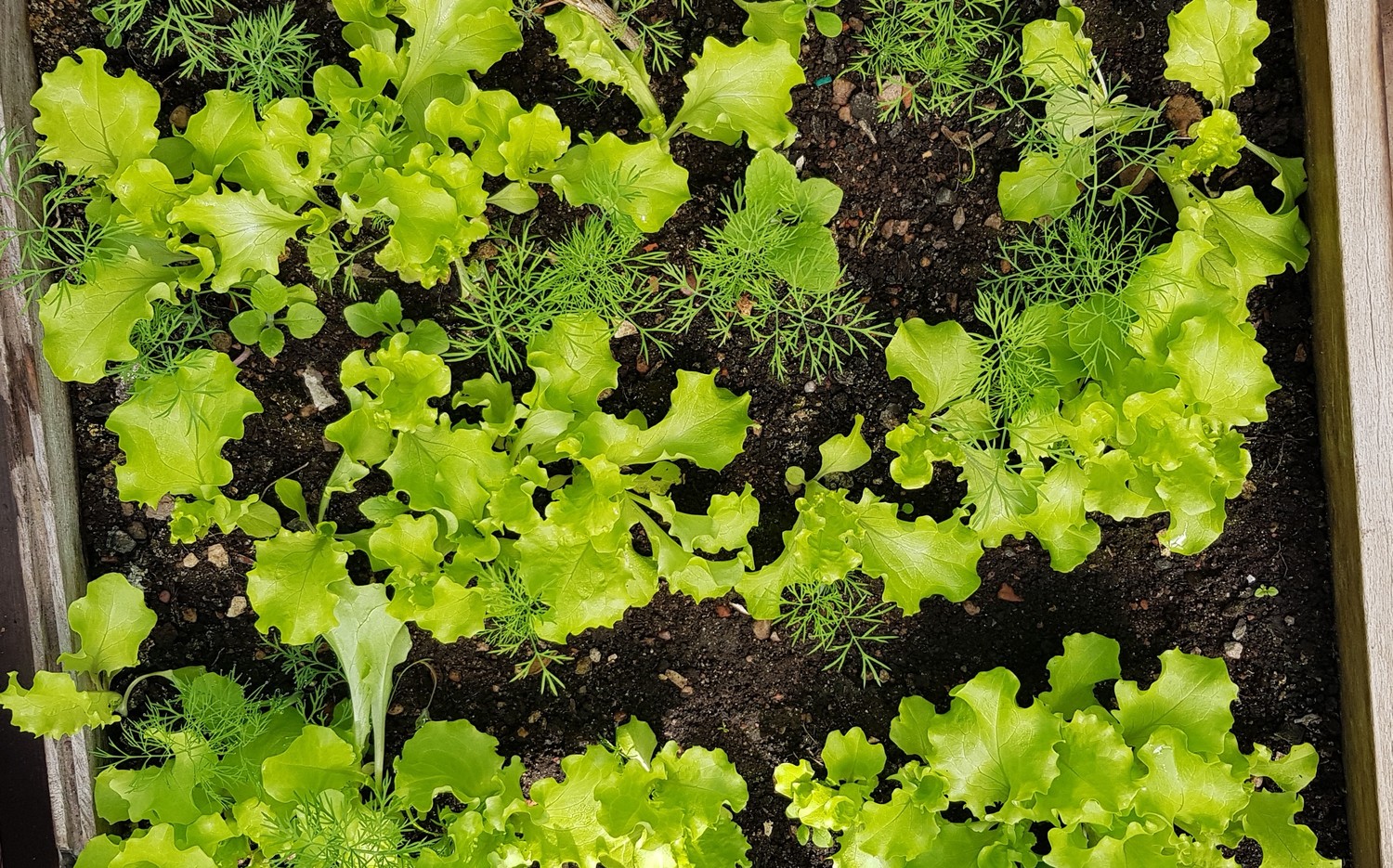
Lettuce seedlings are planted in a permanent place when they have 5 - 6 true leaves. Early head lettuce varieties are planted at a distance of 20x15 cm, and late ones at 20x25 or 25x30 cm. Seedlings are planted no deeper than they were growing before. If the lettuce is planted too deep, it will produce poor heads. The cotyledons of head lettuce seedlings must be on the soil surface. Seedlings planted too deep will quickly become diseased. Late head lettuce varieties can be sown directly into the field in mid-May. Sow in rows, leaving 20 cm between rows. The first time, they are thinned like leaf lettuce, the second time when it has 8 - 9 leaves, leaving a distance of 20 cm between plants.
How to Grow Lettuce
Lettuce can be grown in garden beds and containers. Growing them in beds is worthwhile if the buyers are catering businesses that use large quantities of lettuce. If the buyers are retailers, growing in pots has more potential, allowing them to keep the lettuce fresh and attractive for longer.
The soil for lettuce should be neutral (pH 6 - 6.8), fertile, and well-drained for air and water. Lettuce thrives in sandy loam and light loam soils rich in organic matter. Since lettuce absorbs soil nutrients intensively, an optimal fertilisation regime must be established. Nitrogen fertiliser amounts should be carefully assessed, as lettuce tends to accumulate nitrates. Nitrogen is the primary nutrient influencing leaf growth. Experts recommend using NPK 10-5-5 for lettuce cultivation. Nitrogen is better absorbed when there is sufficient potassium in the soil. If lettuce is grown intensively, compost should be added to the soil after each harvest. In greenhouses, the soil should be replaced once a year.
Lettuce pairs well with cabbage, potatoes, tomatoes, cucumbers, and peppers when grown as an intercrop.
Lettuce should be watered regularly. Its roots are shallow and spread around the plant. Excess moisture can lead to fungal diseases, while insufficient moisture increases nitrate levels in the leaves. An automatic irrigation system is recommended for watering lettuce. This system allows for the addition of fertilisers to the irrigation water, enabling quick adjustments based on the plant’s nutritional needs.
In early spring, lettuce can be grown in temporary greenhouses. Plastic film is stretched over hoops to protect the plants from frost and maintain the necessary temperature. In summer, shade nets can be placed over the same hoops, reducing sunlight exposure by about 50%. This prevents soil from drying out, keeps lettuce in a cooler environment, and reduces the likelihood of flowering.
The optimal temperature for lettuce growth is 15-20°C. When daylight hours are shorter, the temperature should be lowered. To produce high-quality lettuce in winter, the daylight duration should be extended to 10-12 hours.
Lettuce Harvesting and Storage
Lettuce is pulled from the ground by grasping it from the base. During harvesting, the lettuce should be dry; otherwise, it is more likely to spoil quickly.
Lettuce is a fast-selling product. The highest demand is for fresh, non-wilted lettuce. Lettuce lasts longer when supplied to supermarkets in pots. Freshly cut lettuce is also in high demand. It stays fresh longer when packaged in a modified atmosphere. AGA recommends the following proportions: 5% O₂ + 5-20% CO₂ + 75-90% N₂. Lettuce keeps best at a temperature of +3 to +5°C.
Lettuce Fungal Rot and Viral Diseases
False mildew (Biema lactucae Regel). On the upper side of the leaves, indistinct light green or yellowish elongated or angular spots appear. On the underside of the leaf, the spots are covered with white, fluffy mold. The leaves wilt, rot, and the flowers and fruit buds dry out.
Lettuce grown in greenhouses is more often affected. Lettuce can get downy mildew at any stage of plant development. The spores of downy mildew persist in the soil, and conidia spread through the air. Simple conidia spread in warm and humid air and greenhouses when poorly ventilated. The optimal air temperature for conidia germination is +5 to +10 °C, and for fungal growth, it is +15 to +18 °C.
Lettuce Rhizoctonia (Rhizoctonia solani). The seedlings' root collar turns brown and become constricted. They wilt and dry out and sometimes begin to rot before even emerging from the soil. The leaves of the germinated lettuce start to brown and dry out, and brown, sunken spots appear on the petioles and lower parts of the stems, covered with a light, later browning margin.
This fungal disease intensively develops when lettuce is grown too densely, overwatered or when greenhouses are poorly ventilated. Additionally, the disease causes more damage in acidic soils. The fungus overwinters in the soil or comes from infected seeds.
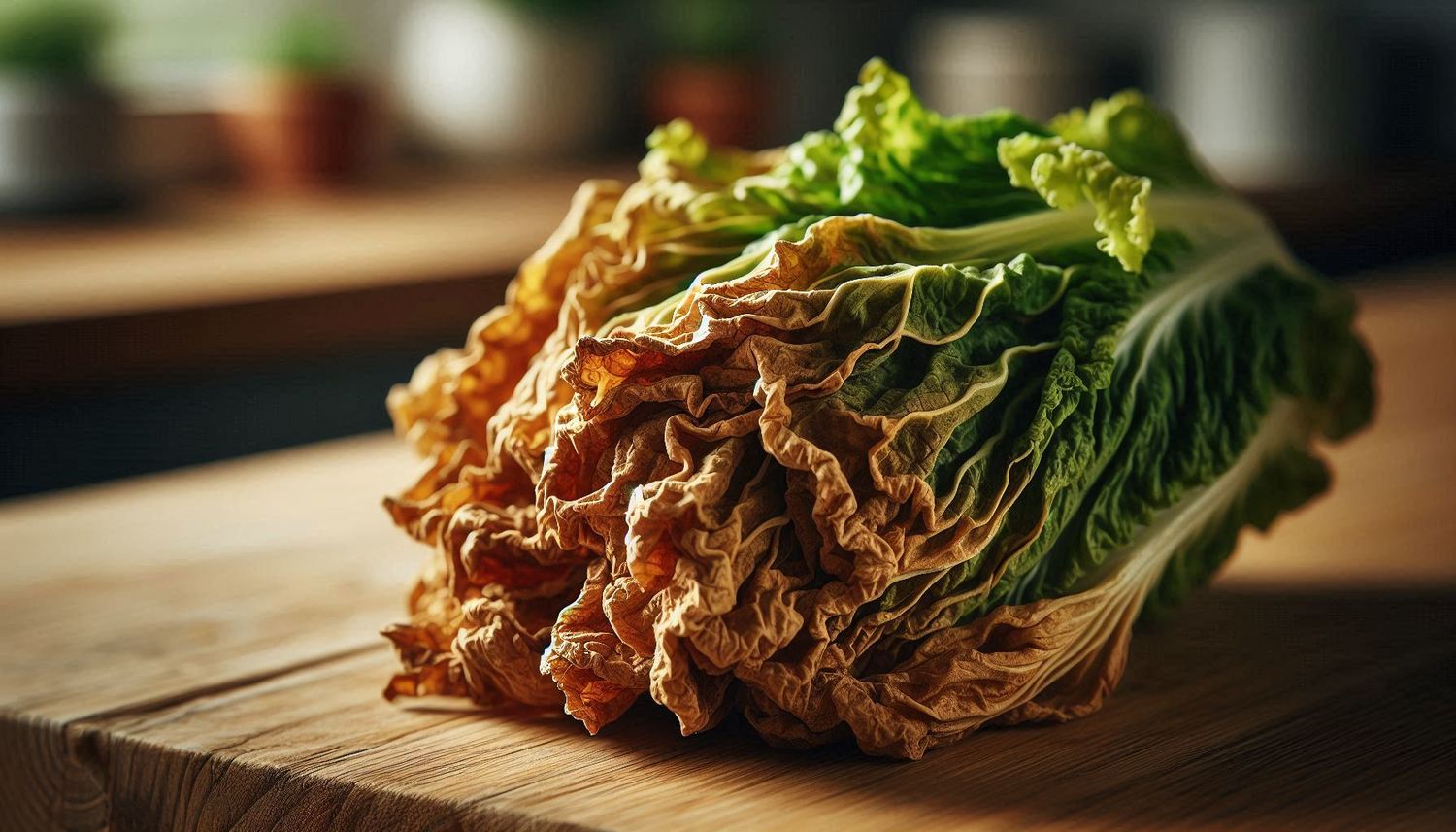
Lettuce septoria (Septoria lactucae). Grayish-brown or rusty-colored irregular spots appear on the leaves of lettuce. These spots spread very quickly, covering the entire leaf. The spots contain many tiny black dots. Lettuce septoria primarily affects the lower, older leaves. It spreads through conidia, which are carried by wind, raindrops and can be transmitted by humans. The fungus overwinters in the soil with plant debris and infected seeds.
To protect lettuce from fungal, soil-borne diseases, it is necessary to grow them in a substrate that is not contaminated with pathogen spores.
Lettuce Viral Diseases
Lettuce Big-Vein Disease. The leaves lighten, and their veins become translucent. Affected lettuce plants fail to form heads. Often, the lettuce stops growing altogether. The viruses spread through the substrate and water used to irrigate the plants.
Lettuce Mosaic Virus. The leaves of infected plants are mosaically spotted or uniformly lightened.
Viruses are spread by aphids; they are transmitted through seeds and the sap of infected plants.
Lettuce Pests
Root Tip Nematodes
They damage the roots of lettuce, forming root blisters or galls. As a result, the lettuce grows poorly, wilts, and yields are low. Nematodes are microscopic, colorless, round worms, up to 1 mm in size.
Prevention – using nematode-free planting material and soil. This is sufficient to prevent lettuce from being infected with nematodes.
Aphids
Aphids typically feed on the underside of the leaf and sometimes on the plant's stem. Due to aphid damage, lettuce grows poorly, develops irregularly, and loses its color.
Cutworms
The larvae of cutworms damage the roots or leaves. They lay their egss directly on the leaves.
Slugs
Slugs can cause significant damage to lettuce seedlings by feeding on them and leaving slime trails, which can ruin the plants marketable appearance. They are especially dangerous in the autumn.
It is very important to maintain cleanliness. The soil should be free of clods and weeds. Damp weather creates favorable conditions for slug development.
